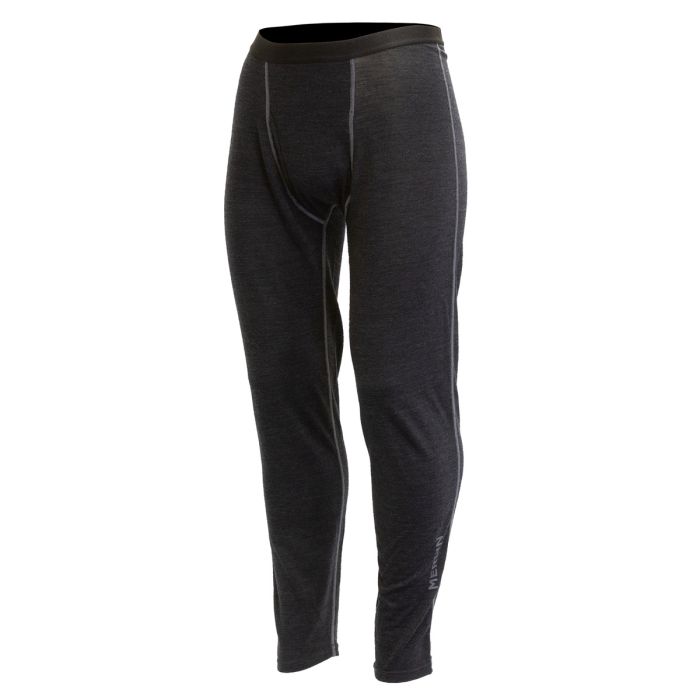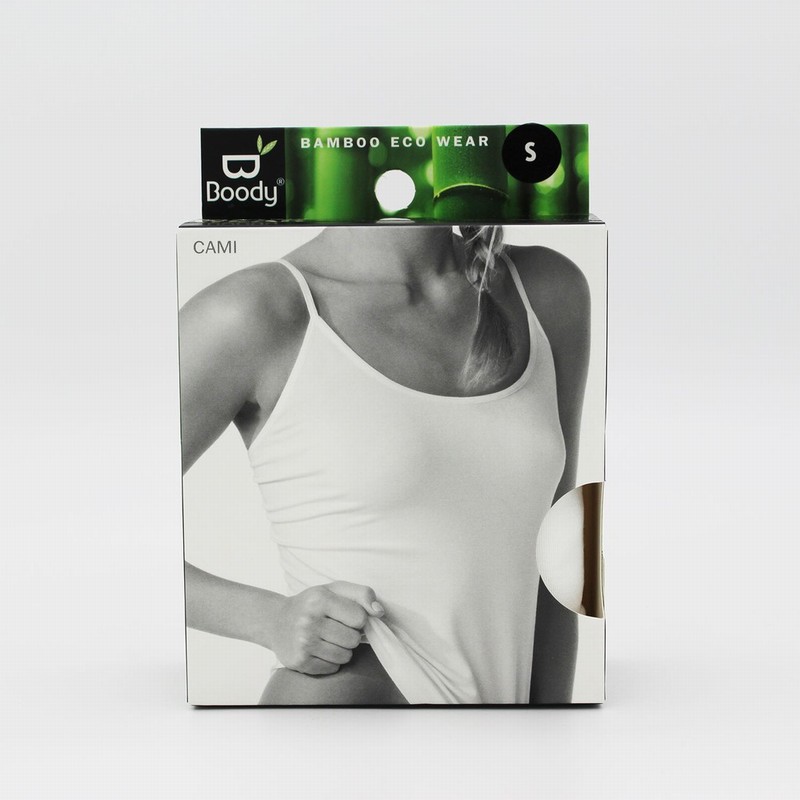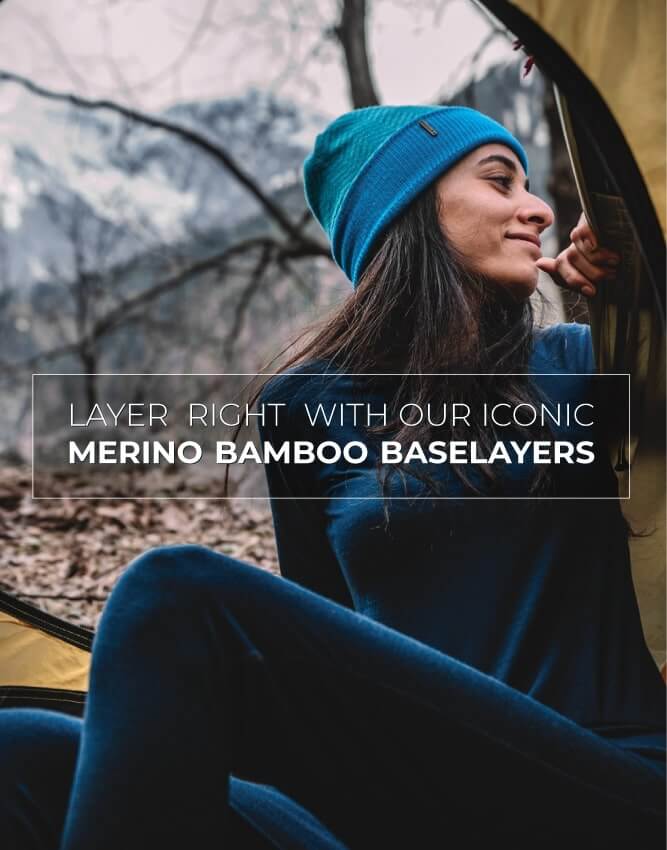High Rated Merino Wool Base Layer Info
Wiki Article
What Are The Benefits Of Base Layers Made From Yak For Winter Sports Clothing?
Natural fibers are an excellent choice for base layers in winter sports clothing, not only for their performance but also for their sustainability.
Yak wool and merino fibres are both made from natural fibers. Renewable resources can be harvested sustainably without harming the animal. They are biodegradable, and they do not cause harm to the environment.
Low environmental impact
Natural fibers are a source of energy and generally has a less environmental impact compared to synthetic materials. The process of harvesting and cultivating wool is less involving chemicals and uses less non-renewable resources compared with synthetic fibers.
Energy Efficiency-
Wool fibers are processed using less energy as compared to synthetic fibers. Natural wool has a relatively lower energy use, which contributes to reduced carbon dioxide emissions.
Reduced Microplastic Pollution-
Natural wool fibers don't contribute to the microplastic pollution of waterbodies similar to synthetic fibers.
Longevity and Recyclability-
Yak Merino Wool clothing tends to last for a long time and are durable. lasting, which can extend their longevity. Wool fibers can be recycled or repurposed to reduce consumption and harm to the environmental.
Sustainable Practices
Certain wool producers follow ethical and sustainable practices. This includes ensuring animal welfare and responsible management of the land. Also, they ensure fair labor conditions and conditions of work for the workers involved in production.
Environmental Certification-
Assuring consumers of the quality of wool produced is a way to demonstrate this through a certification like the Responsible Textile Standard (GOTS), or the Global Organic Textile Standard.
The yak merino base layer are environmentally sustainable because they are made from natural, renewable resources and incorporate ethical and sustainable practices in the supply chain. Natural fibers, such as yak wool merino, are a fantastic option for winter sports clothing that promotes responsible consumption and environmentally friendly practices. View the top merino wool base layer for site tips including smartwool mid layer, merino 250 base layer, smartwool merino base layer, merino wool layers, merino base layer womens, base layer for warmth, merino wool thermal underwear, merino wool layers, smartwool 150 base layer, merino wool base layer hunting and more.

What Are The Benefits Of Bamboo Clothing?
Bamboo clothing has many advantages in terms of thermal regulation and UV protection.
Insulation- Bamboo fabric is naturally thermally regulating and provides warmth during colder weather while remaining air-conditioned. It assists in regulating body's temperature by retaining the heat in cooler temperatures while also allowing for excessive heat to be avoided during exercise.
UV Protection
UV Resistance- Bamboo materials offer natural protection against harmful UV radiation. It can provide an additional layer of protection against sun exposure by blocking a large amount of ultraviolet radiation.
Biodegradability-
Environmentally Friendly - Bamboo clothes can be biodegradable. They are able to break naturally and don't cause pollution to the environment. This reduces the amount of waste that is generated and the environmental impact of clothing that is thrown away.
Environmental Impact-
Sustainability- Bamboo as a raw material is extremely sustainable. It is able to grow quickly and in abundance without the need for pesticides or chemical fertilizers, which reduces the environmental footprint of cultivation. The rapid rate of growth allows it to be renewable.
Bamboo has a lower water requirements compared to cotton or other crops. It is therefore more efficient in terms of water use. This helps reduce the use of water and lessens pressure on resources.
Soil Conservation
Soil Health: Bamboo cultivation does not typically deplete soil nutrition or require large amounts of irrigation. It contributes to healthier conditions in the soil and lessens the necessity for damaging agricultural practices.
Carbon Sequestration-
Bamboo's carbon absorption capacity is high. Bamboo plants are able to absorb more carbon dioxide than other species and also release more oxygen in the air. This can reduce carbon dioxide emissions and combat global warming.
The thermal regulation of bamboo clothing, its UV protection, its biodegradability and its positive environmental impact makes it a preferred choice for those who are looking for functional and sustainable clothing. These attributes are in line with green practices and bring benefits for both the wearer and the planet. Read the best bamboo clothings for more advice including bamboo cay shirts christmas, bamboo jeans ross, cozy earth clothes, bamboo workout clothes, bamboo workout clothes, bamboo yoga clothing, bamboo hawaiian shirts, bamboo shorts mens, bamboo chafing shorts, bamboo pants ladies and more.

How Do Merino Layers And Bamboo Clothing Differ From Regular Wool?
Merino wool, bamboo clothing and regular wool can be distinguished with distinct features.
Softness Merino wool is known for its soft and fine fibers, which make it a comfortable against the skin. It's less likely than traditional wool to cause itching and irritation.
Moisture-Wicking- Merino wool is extremely wicking properties that draw moisture away from the skin and let it evaporate, keeping the wearer dry and comfortable.
Merino Wool is an excellent insulation that provides warmth even when wet. It regulates temperature and provides warmth in cold weather but also allows airflow in hot weather.
Odor Resistance - It naturally blocks the growth of bacteria responsible for odor making clothes fresher even when worn for a long time.
Bamboo Clothing-
Silky texture is often compared to cashmere or silk. It's soft to the skin and provides the ultimate luxury.
Bamboo fabric is moisture-wicking that means it wicks away moisture from your skin while keeping you dry while exercising.
Temperature Regulation- Bamboo clothing has natural temperature-regulating abilities, offering warmth in winter and breathability to prevent overheating.
Sustainability- Bamboo is an extremely renewable resource that grows rapidly, without the use of pesticides. Biodegradable bamboo can have a minor environmental impact.
Wool Regular
Texture. The texture of wool varies. Certain kinds are more coarse in texture and more susceptible to itching.
Warmth - Wool can provide an excellent insulation and warmth however it can also feel bulky.
Moisture Absorption - Wool can absorb water, which makes it less effective at wicking moisture than merino and bamboo fabrics. It remains warm even when it is damp.
Summary: Merino Wool is soft and odorless. It also provides excellent moisture wicking. Bamboo clothing has a silky feel, wicks moisture, regulates temperature, and is sustainable. Wool is a different texture, and it may not possess the same properties for moisture wicking like bamboo or merino. However, it gives warmth and insulation. Each type of material has its own advantages, and can be tailored to specific preferences and needs for winter wear. Take a look at the most popular learn more here about bamboo winter clothings for site recommendations including best thermals for skiing, baselayer bottom, wool undershirts, wool thermal base layer, base layer for warmth, patagonia merino wool base layer, ski base layer womens, best merino base layer, merino base layer mens, merino wool ski base layer and more.
